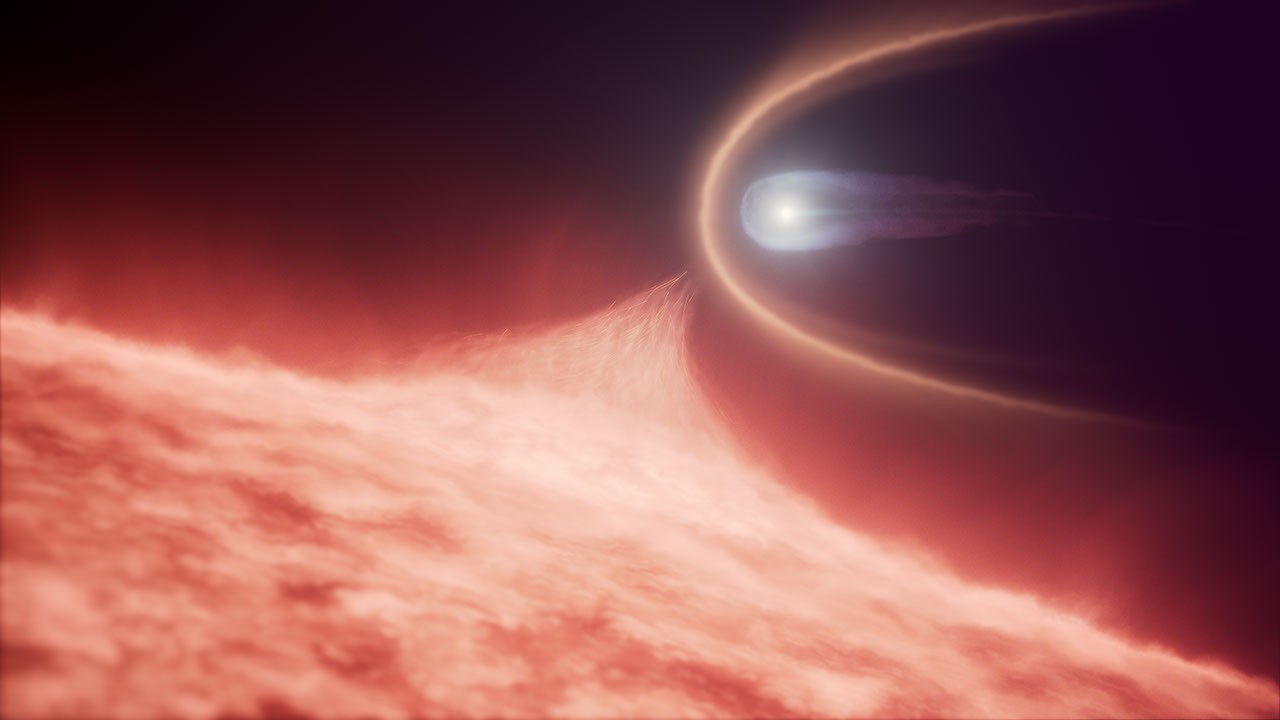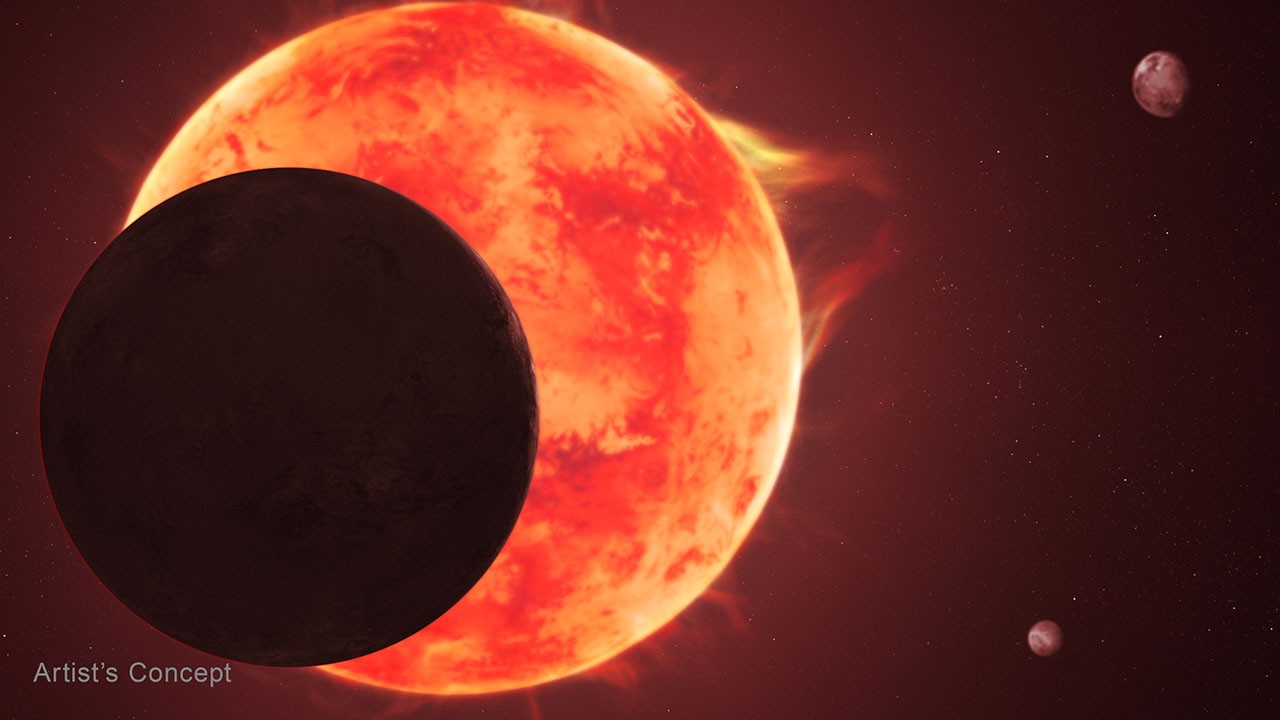Now Reading: Hubble Unveils Rare Remnant of White Dwarf Merger
-
01
Hubble Unveils Rare Remnant of White Dwarf Merger
Hubble Unveils Rare Remnant of White Dwarf Merger

Fast Summary:
- Astronomers, using NASA’s Hubble Space Telescope, have discovered an ultra-massive white dwarf star formed from the merger of two stars.
- This unique star, WD 0525+526, is located 128 light-years away and has a mass 20% higher than our Sun. It is hotter (21,000 kelvins) and contains less atmospheric carbon compared to similar merger remnants.
- Hubble’s ultraviolet observations revealed traces of carbon in the white dwarf’s atmosphere-evidence of its violent origin through stellar collision.
- White dwarfs typically form from single-star evolution, but mergers are rarer and involve collisions stripping hydrogen-helium atmospheres to expose internal carbon layers.
- The discovery heightens interest in exploring how common such “hidden” white dwarf mergers are among seemingly normal ones.
Indian Opinion Analysis:
This intriguing discovery underscores the importance of cutting-edge tools like Hubble’s Cosmic Origins Spectrograph in unveiling hidden processes within astronomical phenomena that were previously misunderstood or overlooked. For India-a country actively expanding its astronomical research capabilities-the revelation highlights potential opportunities for collaboration with international missions like Hubble or ESA’s gaia mission to deepen understanding of stellar evolution and violent celestial events such as mergers. With global astronomy rapidly evolving due to these revelations,Indian space agencies could further integrate advanced ultraviolet-spectroscopy models into domestic astrophysical studies as they scale efforts like ISRO’s AstroSat.

























